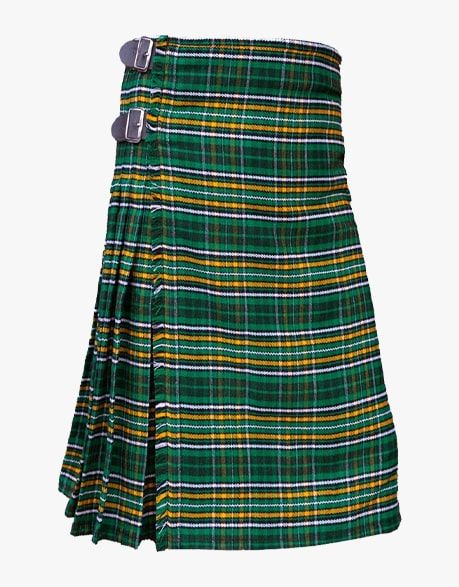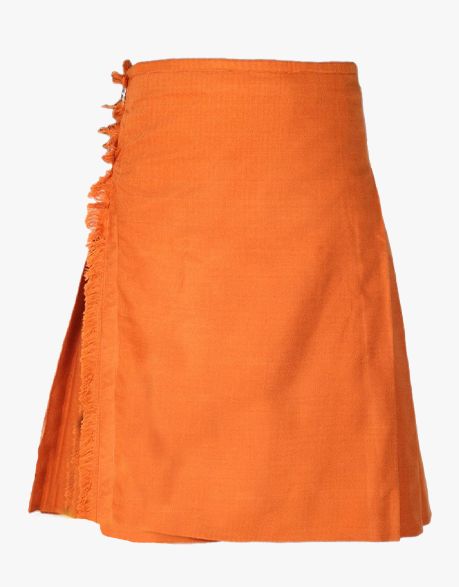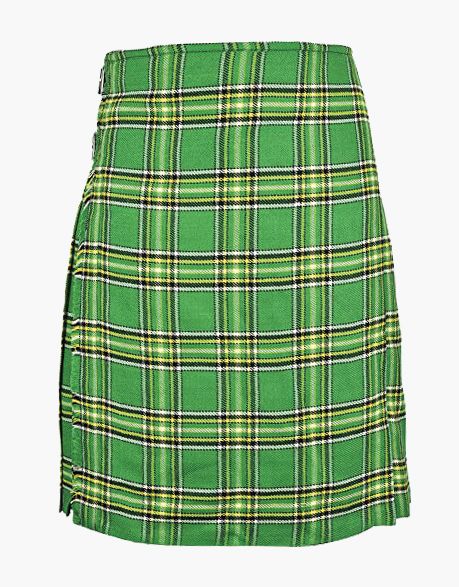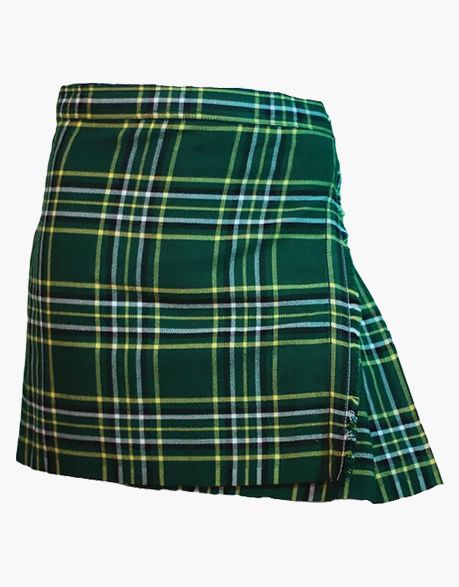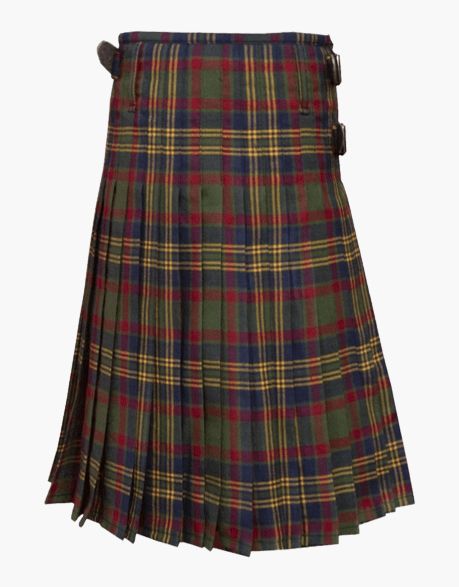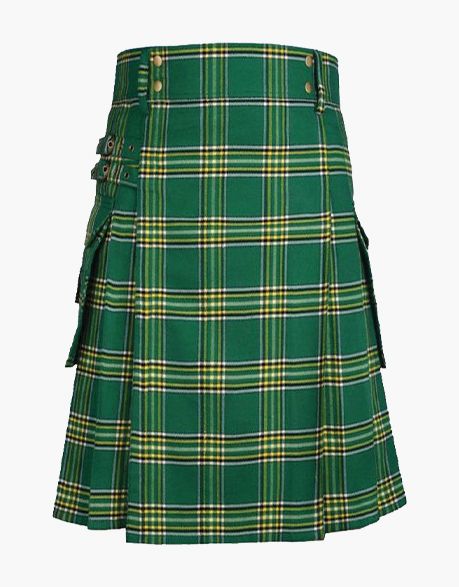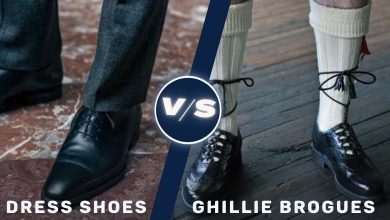The Role of Tartan in Irish Nationalism and Culture
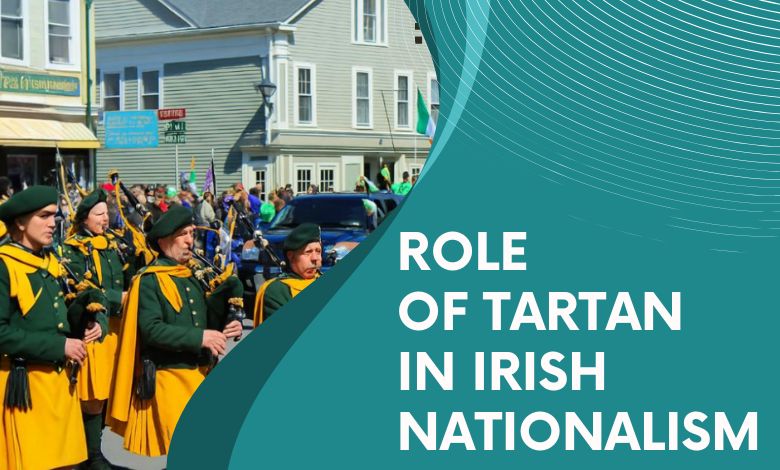
Tartan is traditionally associated with two countries that have Highland regions: Scotland and Ireland. Both countries make tartan kilts that serve as a sign of patriotism today. It represents not only a love for the country but also a deep appreciation for its culture. If we particularly discuss the role of tartan in Irish nationalism, we see it as representative of their culture. This article intends to discuss tartan’s role in different aspects of nationalism and the culture of Ireland. So, without further delay, let’s start our discussion with the historical background of tartan there.
Table of Contents
ToggleHistorical Background of Tartan in Ireland
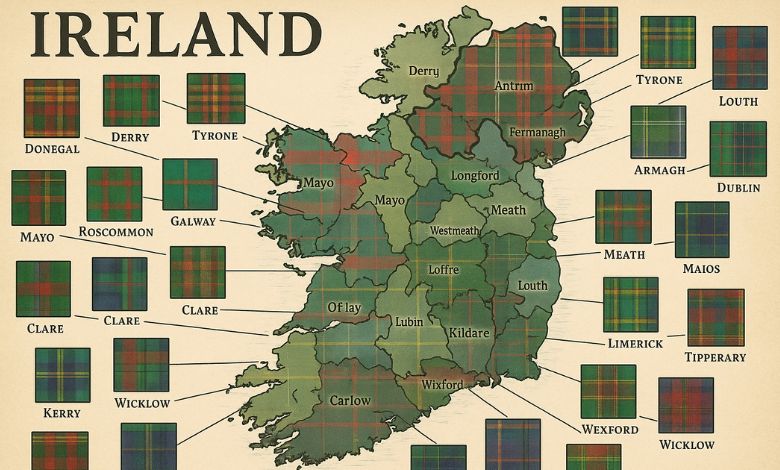
Irish tartan is pretty modern compared to Scottish fabric since it gained popularity because of strong Celtic cultural associations. Scottish tartans have been worn for five centuries, Irish tartans were established during the 20th century. Initially, tartan’s usage was quite minimal in Ireland. Therefore, the first tartan kilt was in the form of saffron-colored kilts without patterns. Reportedly, tartan became affiliated with counties in the 1990s. Today, Ireland has 32 counties, and distinct tartan patterns represent all of them.
Tartan and Irish National Identity and Patriotism
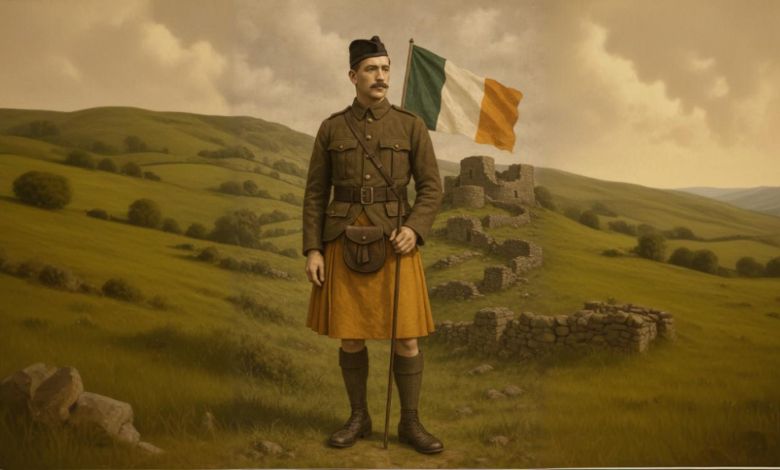
When we talk about Irish tartan as its national identity, we find many aspects playing a role to make it an identity. The rise of patriotic sentiment among the people is common here. However, the other things that make Irish tartans an important aspect of national identity are the rediscovery of Irish tartans, and the diaspora of Irish people.
The Gaelic Revival and Rediscovery of Irish Traditions
The late 19th and early 20th centuries saw the Gaelic Revival. Reviving Irish identity via the language, literature, folklore, and ancient practices was the goal of this cultural and political movement. Growing desire in creating unique Irish emblems that could be distinguished from British influence was a result of this national awakening.
Though tartan had long been associated with Scotland, Irish nationalists and cultural advocates began to adopt and reconsider elements of Celtic dress, including kilts as a priority and visual expression of Irish pride. During this time, the saffron kilt, often plain and worn by pipers and soldiers, became a symbolic garment. In fact, during this era, tartan became a symbolic expression of cultural rebellion against British rule.
The Role of the Irish Diaspora
When talking about Irish tartan as a national identity and sign of patriotism, how can we not discuss the Irish diaspora? Its role is equally important inside and outside Ireland. Like Scots, Irish people wherever they live, promote their identity by wearing their tartans in ceremonial events. Therefore, the broader promotion makes Irish tartans more popular worldwide.
Irish Tartan in Ceremonial Life and Daily Wear
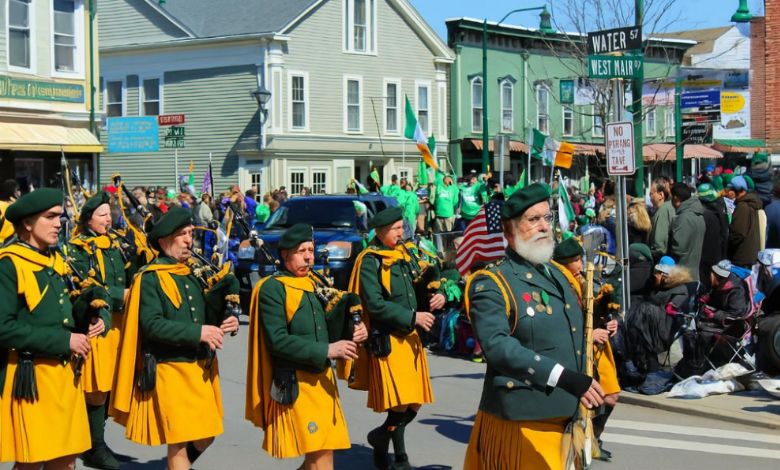
Indeed, Irish tartan kilts are important and often worn in Irish ceremonial life. At cultural and national occasions such as military parades, Irish dance contests, and weddings, they are worn. On each of these occasions, tartan proudly represents Irish pride and heritage. Tartan kilts are a proud entity that admire the past in various events. Even if they are not a common sight in Irish daily life. Kilts are usually worn during ceremonial occasions, which are thought to be the main setting for showcasing local identity through traditional attire.
Tartan in Irish Music and Performing Arts
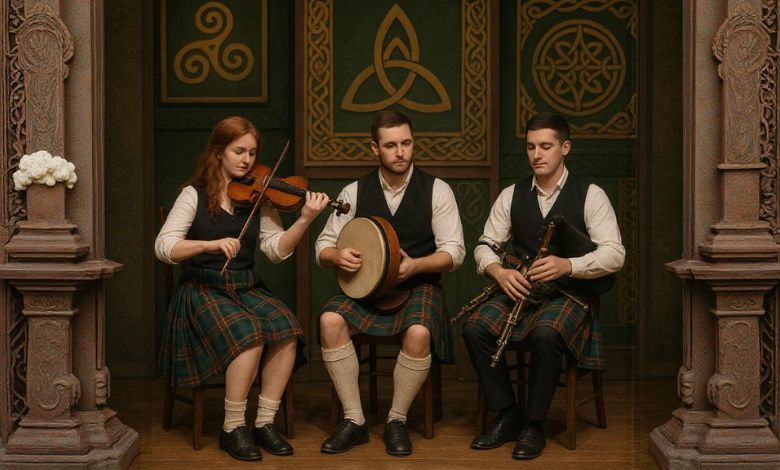
Irish people devotedly uphold Gaelic customs, which is why traditional musical and arts performances are pretty common there. Gaelic-speaking people in Highland, on the other hand, used to wear tartan as their daily dress. Following them, Irish people wear tartan kilts at these particular events. In other words, we can say that tartan’s connection to Irish music and performing arts is primarily through its association with cultural identity. Therefore, its use in artistic expression includes musical performances and dance.
Approach Irish Kilt Shop for Irish Tartan Kilts
So, have you made up your mind to put on your cultural attire in your country, Ireland? You must choose the tartan carefully, that’s why it is essential to know what you want to buy, your Irish county tartan or a universal one. Similarly, you should know where to buy your tartan kilt. If this confusion bothers you, we assure no one in this domain is better than Irish Kilt Shop. We have everything that you want at affordable prices with excellent customization services. Some popular products that you must consider are:
Timeline of Key Events in Irish Tartan History
Tartan’s voyage into Irish culture began in the early twentieth century when the saffron kilt became popular in the Irish military. Old Irish traditions, such as wearing tartan, revived during the Gaelic Revival. These customs made people feel proud to be Irish. Each Irish county designed its unique tartan pattern in the 1990s. As a result, individuals began to express their origins and a sense of cultural belonging.
Particularly during significant occasions, tartan kilts came to represent Irish pride. Irish communities worldwide wear the tartan to demonstrate one’s Irish identity. Today, tartan plays a significant role in Irish culture and contemporary fashion.
Early 20th Century – Adoption of the Saffron Kilt: The Irish military began wearing the saffron kilt, marking the tartan’s first notable appearance in modern Irish identity.
1890s–1920s – Gaelic Revival: A cultural movement that revived ancient Irish traditions, including tartan garments, as symbols of national pride.
1996 – Launch of Irish County Tartans: Each of Ireland’s 32 counties received its own unique tartan pattern, promoting local identity and heritage.
2000s – Global Embrace of Irish Tartans: Irish diaspora communities worldwide began wearing county tartans to celebrate their heritage at weddings, parades, and festivals.
Present Day – Irish Tartan in Modern Culture: Tartan continues to be a symbol of Irish pride and is incorporated into contemporary fashion, music performances, and cultural events.
Frequently Asked Questions and Their Answers
How is tartan connected to Irish culture?
Since the beginning of the twentieth century, the tartan was not a central part of Ireland’s identity. Ireland adopted it as their identity in a type of rebellion against the English monarchy at the beginning of the same century because of the Irish people’s ties to Highland and Gaelic-speaking territories.
Did the Irish historically use tartan like the Scots did?
No, Irish tartan varies greatly from Scottish ones in the historical perspective. A difference of almost 4 centuries exists between their establishment in both countries.
What differentiates Irish tartans from Scottish tartans?
Irish and Scottish tartans differ in multiple ways. First of all, they have different historical backgrounds. Second, their patterns and colors are not the same. Scottish tartan has vibrant colors with simple patterns. Irish tartan, on the other hand, has lighter solid shades with complex patterns.
What is the significance of tartan in Irish military history?
The Irish military was the first to adopt tartan kilts as its uniform, which was green or saffron in shades. Though not that common currently, some Irish military units in pipe bands during parades still wear the initial military tartan.
How are Irish tartans incorporated into traditional Irish clothing?
A majority today consider Irish tartan to make kilts only. They must consider correcting themselves since tartan’s incorporation in Irish clothing is modernized. Now they also use tartan in skirts, scarves, and knitwear.

